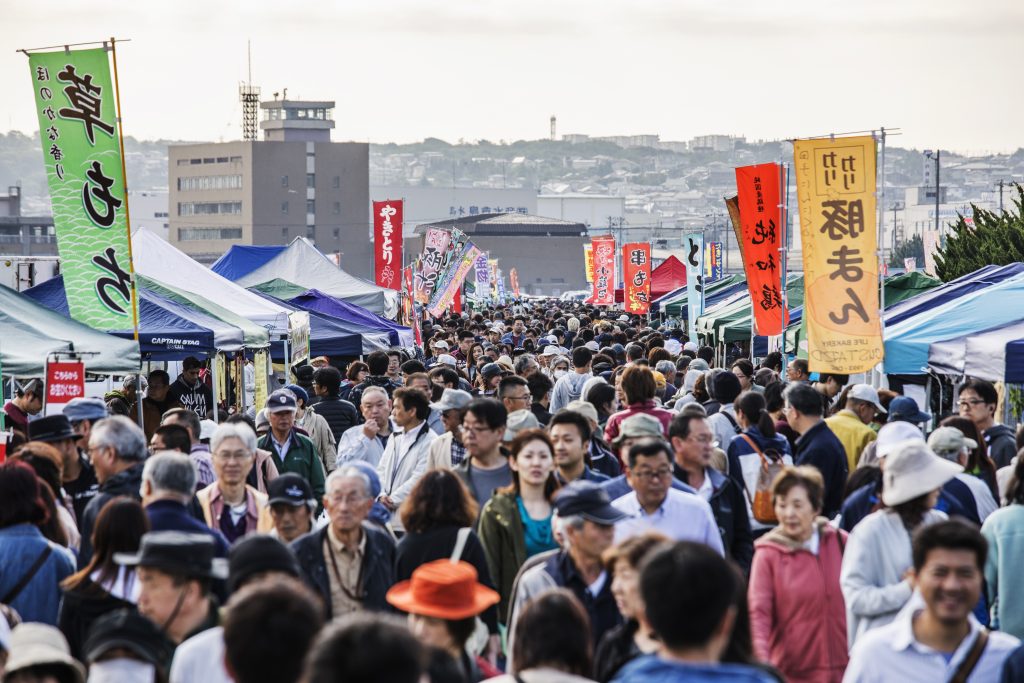What to Eat: Nukazuka Cucumbers & Sea Pineapple (Hoya)
The summer brings many great seasonal foods to enjoy the area. August, in particular, is a great time to try two Hachinohe classics: nukazuka cucumbers and hoya, or sea pineapple. While both offer interesting textures, tastes, and eating experiences, the nukazuka cucumber is great for beginners while hoya is a more advanced food in the realm of Japanese cuisine.
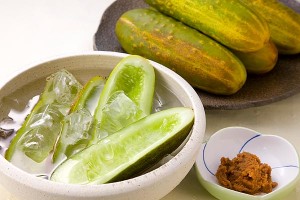
The nukazuka cucumber is a special heirloom of cucumber from the Nukazuka area of town. Grown since the Edo period and prized for its crisp texture and slightly bitter taste, the vegetable is a perfect snack to cool one down during the sultry Hachinohe summer. The cucumber is quite large compared to regular Japanese cucumbers and is often served on ice or in an ice bath to enhance its cooling effects. A classic accompaniment to the cucumbers is miso, the salty/savory/ slight sweetness of which perfectly complements the cucumber’s flavor, texture, and even color, to produce a satisfying, if not downright addictive, summer treat.
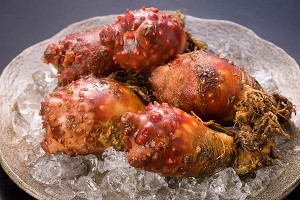
Hoya, or sea pineapple, is also often served chilled or at room temperature as sashimi, although it can be served cooked as well. A type of sea squirt, hoya looks quite grotesque before preparation, and when it is cut and sliced to reveal tender slices of orange flesh, it honestly doesn’t look any better. The taste of hoya is hard to describe to the initiated and vary between specimens, but briny and hints of iodine would make most people’s list. The dish is polarizing among locals as well, with a “love it” or “hate it” split, but those who do love it swear that fresh hoya found in the waters of Hachinohe and a glass of sake make for an unbeatable summer pairing.
What to Do: Hike the Tanesashi Coast
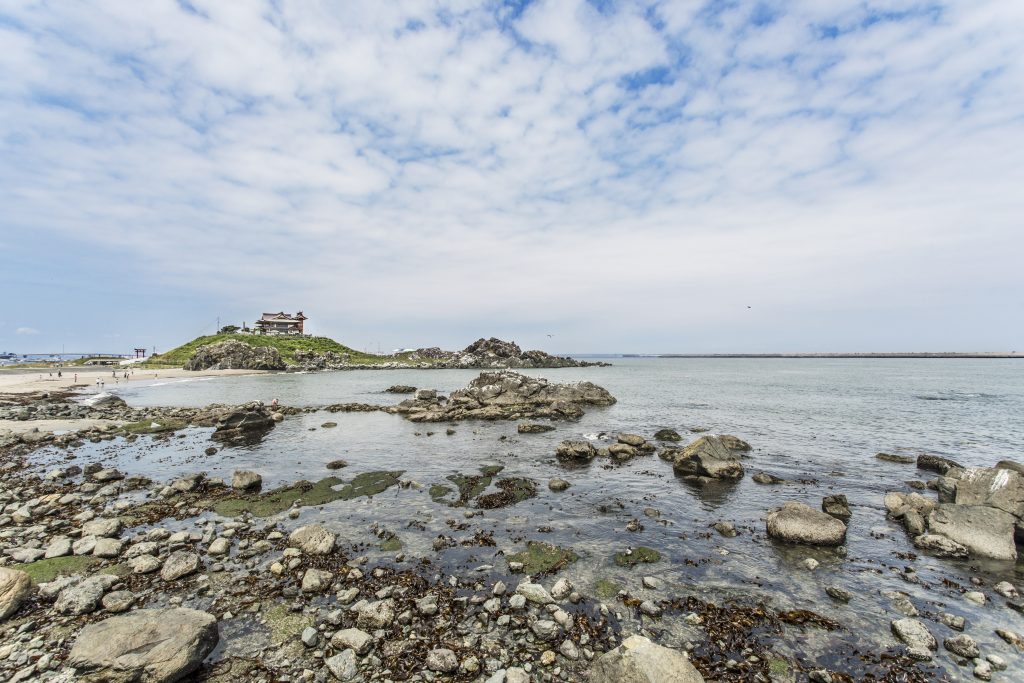
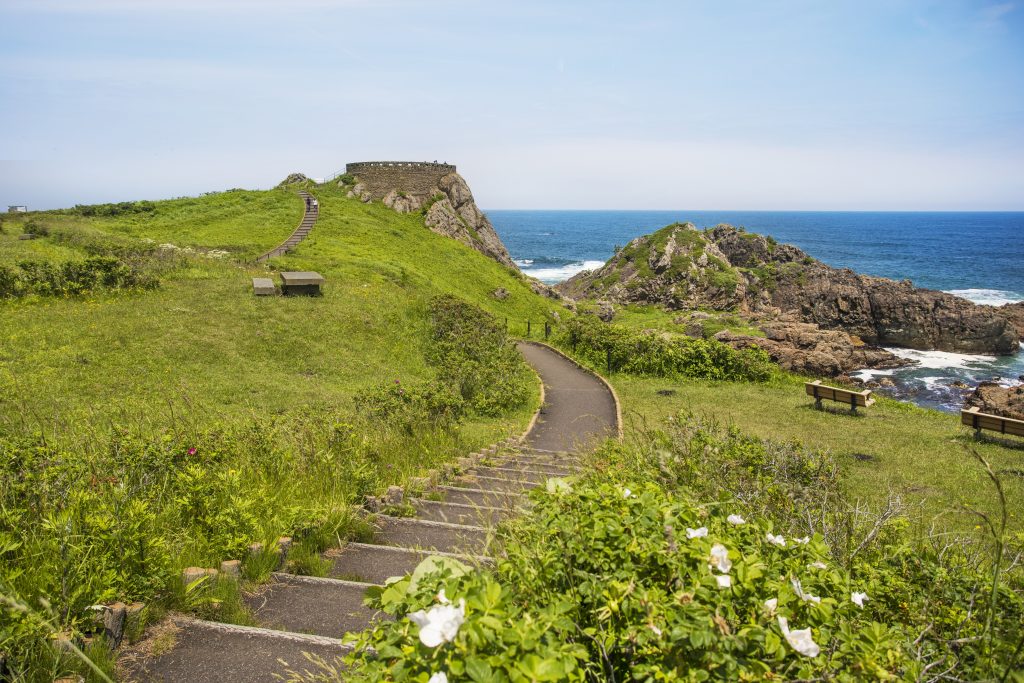
Hiking the Tanesashi Coast along the Michinoku Shiokaze Trail is a great activity to do in Hachinohe during any time of the year, but during August when the climate becomes muggy, you can enjoy the cool breeze coming off the Pacific while you hike, making this month a particularly good time.
Most hikers start at the Kabushima Shrine, newly rebuilt after it burned down 2015, and work their way to the Tanesashi Information Center from there. The sights, sounds, and colors that surround you change dramatically as steep rock cliffs change to sandy beaches, from thick pine forests to sprawling green grasses. The trail often remains scarcely populated and full of plants and animals that are rarely seen within the city proper, making it a perfect place to relax and soak up some beautiful nature.
Along the way, there are many picturesque photo spots and even restaurants and cafes where you can stop for a refreshing ice cream break. Additionally, the trail is serviced by the Umineko Bus and the JR Hachinohe Line, so you can adjust how long and how much of the trail you wish to walk.
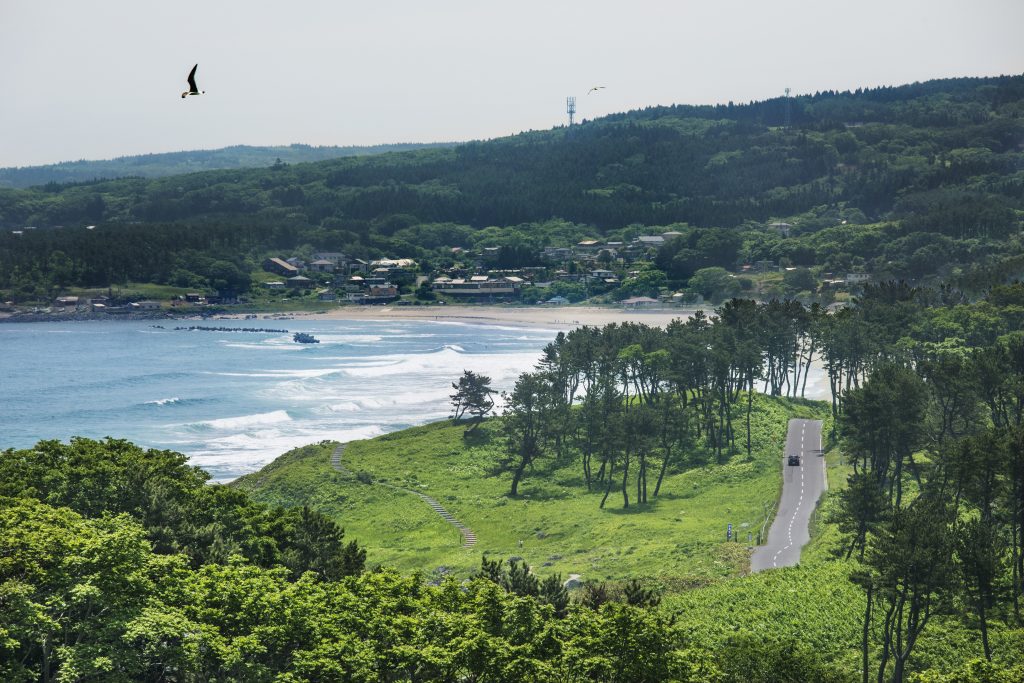
What to Do *Bonus*: Visit the Sunday Morning Market at the Tatehana Wharf
